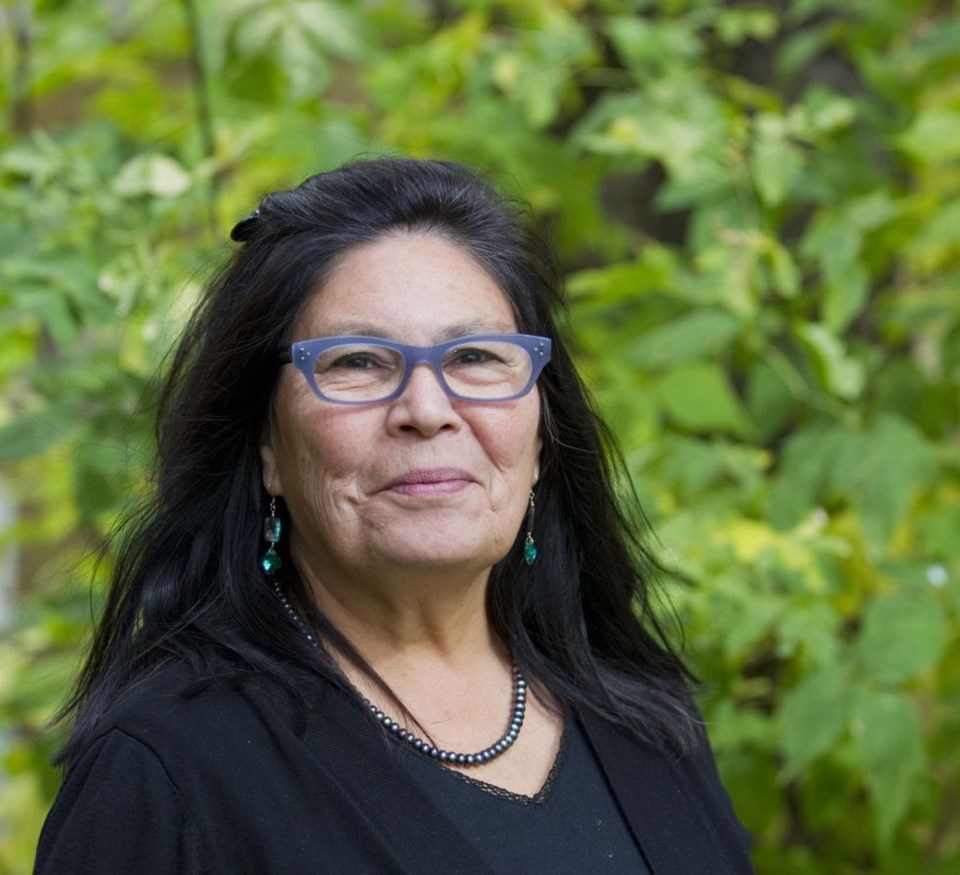Climate change has been a point of discussion and contention for some time now, with the affects of it becoming undeniable. Researchers believe that because of climate change we have about 20 years before the damage will become irrevocable.
But how does climate change affect Indigenous people in particular?
Dr. Priscilla Settee was awarded a David Suzuki fellowship to find out just that.
“I was so happy to be appointed by the David Suzuki Foundation as a fellow.” Settee says.
“Where I get the great job of interviewing trappers and really talk about the impact of climate change on their livelihoods, their way of life, and the world, really.”
The David Suzuki Fellowship is a research fellowship whose applicants need a PhD before applying, unless Indigenous then they would need at least a bachelor’s degree and lived experience in connection to community, culture and traditional ecological knowledge. Fellows are given between $30,000 and $50,000 and one year to complete their research.
Settee is from Cumberland house and is a fabric artist who works on traditional Cree art forms with a contemporary focus as well.
The idea for Settee’s research actually began with FSIN as they asked her to write a policy paper about food sovereignty.
“And I was thrilled to do that because I’m active in the community but I also come from a very rich, traditional food production community that has been heavily impacted by Mega Dam, big dam upstream,” Settee said.
“I got to interview three large communities, extended communities, about what the states of their foods were, what was the state of their foods? And without exception they were telling us that, ‘Western development is taking its toll on our foods and on our lands and we really gotta pay attention.’ And one in particular was a trapping circle from in La Ronge, Saskatchewan and I interviewed about 40 trappers and I was so overwhelmed by what they were telling me. I was saddened, I mean it was clear that nobody was paying attention to this body of knowledge that trappers possess, it is in big danger of disappearing because of Western development.
That study, called Maskeekee Michowin — Medicine Food, led Settee believe she needed to go deeper with the trappers and honour their word. She applied for the fellowship and received it.
The 2018 Living Planet Report states that global wildlife populations have fallen by sixty percent in the last 40 years and in Canada alone, mammal populations dropped by 43 per cent, fish populations dropped by twenty percent, and some types of birds have dropped between 43 and 69 per cent. There 200-300 species lost per day with over 1 million species lost to date.
With numbers like that it’s getting easier to see how trapping and hunting is being affected. But low wildlife populations aren’t the only way trappers are being affected.
“In Saskatchewan, and that’s part of my frame of reference, we have the Saskatchewan Primrose bombing range,” Settee said.
“It’s a huge tract of land that was unilaterally taken away from trappers and hunters to set up a bombing range and there’s decommissioned or bombs that are still alive that haven’t been dealt with but, you know, trappers still go into this area to provide food for their families and communities.”
Settee alleged there were cases of biopiracy. She also criticized the province for removing trapper’s cabins.
“Alberta’s Tarsands, right next door to us, has been called the most destructive project in the world on traditional lands,” she said.
She cited a 20114 study looking at the link between oilsands pollutants and cancer rates in residents. It found 23 cancer cases in 94 participants
“There’s 23 known cases of cancers in that region that is directly linked from the drippings from the tailings Ponds into the river that the people still rely on.”
Other issues flagged include clearcutting in the north. Some traplines have been completely cleared and don’t resemble what they once were.
Businesses that depend on the plants from the northern wilderness are being affected as the trees and other plants are being cleared away. And of course, without plants animals will go elsewhere to search for food, disrupting the ecosystem.
There have also been fish found in the Athabascan region that were riddled with cancers and what are people in the far north to do with the price of food in grocery stores sometimes quadrupled what they are in the middle and southern regions?
“The industrial food system, which is heavily reliant on pesticides, herbicides, Western science, large-scale methods of production, is one of the largest contributors of greenhouse gases resulting in climate change,” said Settee.
“So, this loss of local autonomy and small farming communities, in the case of Saskatchewan and Manitoba, asks us about what we can do. What is our role as health and education people?
“ What is the role of students, professor, knowledge creators? Who is doing what? And how do we build coalitions of solidarity to address these challenges? These are really, really awesome and heavy, heavy questions.”
In 2015 the UN reported that the demand for water will increase by 55 per cent over the next 15 years. And by that time the world’s water resources will only meet 60 per cent of the world’s demand. As of the Winter in 2016, 163 drinking water advisories were put in place across 119 First Nations in Canada.
Water is essential for life, and to Indigenous people, water is sacred.
Unless there’s a plan of action that puts water justice and water protection at the heart of policies and laws, the UNs reports of a global water shortage will inevitably come true.
David Suzuki believes that life on earth will be sustainable until about the year 2100, and unless there is drastic action taken immediately to reverse what damage has been done, then we may have only 80 years left on this planet.



